We asked you for your real-life experiences as an NHS patient or employee in the north and north-east at a time of crisis for the service.
Now, we reveal the state of the NHS as told by you in the results of our wide-ranging questionnaire.
We surveyed 1,237 people about their experiences with NHS Grampian and NHS Highland – from those relying on life-saving services to scores of people working for the troubled bodies.
You told us about being stuck on a waiting list for more than four years and 8am “scrambles” to secure a GP appointment.
The scores of responses paint a damning picture of a service struggling to cover the basics.
We list seven key takeaways from the survey, including:
- The long waits endured at A&E departments, with one respondent telling us they were only seen after “collapsing” in the waiting room
- A staggering number of NHS workers who say the service has declined since they started – with one telling us they were left “ashamed” of their employer
- How many have resorted to paying for private care
- And we reveal that people suffering from “horrendous pain” have been left on waiting lists for YEARS
1. The ‘ battle’ for a GP appointment
Almost half of NHS Grampian patients (48.4%) told us they find it difficult to book a GP appointment.
That is a total of 402 people out of 830 respondents in the health board.
Across all the responses, 433 said it was difficult or very difficult to book.
They provided a grim overview of an early morning rush to secure a spot, with the sought-after slots disappearing within minutes of clinics opening.
“They tell you to phone at 8.30am to grab an appointment,” one respondent wrote.
“By 8.35am… The appointments are all gone.”
However, the 146 NHS Highland responses suggest that appointments are easier to come by in the north.
Instead, 62.3% of those who took part told us it was easy to book a GP appointment.
Why is it difficult to book an appointment?
So what was the issue for the survey respondents across the north and north-east who said it could be difficult?
Almost half of the 411 people who left further comments on the matter told us it was simply that they struggled to get through to book one in the first place.
The next two most common reasons given were the lack of appointments available and long wait times for non-urgent GP consultations.
2. What about A&E departments?
The issue of long waits at A&E departments in NHS Grampian has been well documented in recent years.
Packed emergency wards have left ambulances queuing up outside hospitals, unable to drop off patients.
Our survey indicates a bit of a divide between the north and the north-east here.
About 40% of NHS Highland registered respondents said they were seen within 30 minutes.
Under NHS Grampian it was less than a fifth in that timespan.
Just over half of our respondents in NHS Grampian were seen within two hours.
When asked to comment further on their experience of A&E, most responses to our NHS survey mentioned these long wait times.
However, the second most popular topic was the excellent care they were given.
One person who waited less than 30 minutes wrote simply: “Excellent care and attention.”
But another, who waited longer than the targeted four hours, said: “I ended up collapsed in A&E and that was the only reason I was seen sooner.”
We also asked our survey takers if they had called for an ambulance in the past 12 months.
More than a quarter of those that did waited over an hour for it to arrive (28.8%).
3. What do the workers think?
Four-fifths of NHS staff said their experience working for the service has become worse (81.4%) in the time they have been there.
In fact, of all the responses from healthcare employees
Only 5.5% of them said their experience improved in the time they have been working there.
Markedly, how long they worked for the NHS mattered to their perception of things.
The Covid-19 pandemic started in 2020, five years before we conducted this survey.
Nearly nine in ten employees who worked for the NHS before the virus increased strain on the service said their experience has worsened.
While 59.6% of employees that had been working for the service for five years or less said their experience has got worse, 87.1% of those with six or more years of service thought it had deteriorated.
There were also regional differences. Only 71% of NHS Highlands employees said their experience working there has declined compared with 83% of NHS Grampian.
But what has made it worse?
Staffing levels and the pressures employees face were the most commonly listed reasons.
“The pressure we face on a daily basis is exhausting,” one person wrote.
“I have always loved my job but feel I can’t do it to the best of my ability any more as we physically don’t have the time to provide the best care.
“I used to be proud to work for the NHS but now I’m ashamed.”
4. One year later, what is your experience of waiting lists?
Waiting lists have become the topic of frequent debate since the pandemic, after many services have struggled to keep up with official targets.
So we wanted to know more about your personal experience on waiting lists.
More than a quarter of the respondents told us they were currently on a waiting list at the time of filling in the survey – 351 of 1,237 responses.
Half of them had been waiting for a year or longer.
An NHS Grampian spokesperson apologised “unreservedly” to patients affected by waiting times which are “not where we would like them to be”.
“Annually, we support over 1.2 million outpatient appointments, and see more than 100,000 admissions, approximately 98,000 emergency department attendances and 4,800 births,” she added.
“With the lowest number of beds per head of population in Scotland, we continue to work hard to see patients as quickly as we can based on their clinical need.”
Meanwhile, an NHS Highlands spokesperson assured that they are “committed to developing innovative ways of working” to tackle long waits, including a number of bids submitted to the government.
Yet the most common survey response for how long they have been on the list was between one to two years.
One person wrote in our survey: “I have been waiting to see gynaecology for 4.5 years. I was left in horrendous pain for years.
“GP kept telling me it’s normal for women to experience pain during periods and kept prescribing me strong painkillers.
“I had enough and travelled back to Slovakia to seek private medical treatment where I was diagnosed with bad endometriosis.”
This respondent wasn’t the only person who had to pay for treatment to get the answers they needed…
5. How many went private?
Just over a fifth of the total questionnaire respondents (21.1%) said they had used private healthcare because of long waiting lists.
More than half of them decided to use private healthcare after being put on the waiting list. A total of 42% of people said they went private straight away.
Most people opted to do this after waiting for one to six months (17.92%).
And while half of our respondents on NHS waiting lists said they had been waiting for a year or longer, nine in ten of those who went private were seen within a month (91.2%).
Of the respondents who opted to use private facilities, 41.67% said they waited less than a week to be seen.
The cost of private treatment ranged from under £250 to more than £10,000, according to our NHS survey.
A fifth of people who used private healthcare paid between £250 and £500 – which was the most popular answer.
It was followed by the £1,001 – £2,500 range in 14.6% of responses. Meanwhile, 12.92% of respondents paid between £501 and £1,000.
6. How far away are people travelling for treatment?
We also asked if people had travelled to a different health board for treatment in the past 12 months.
While only 6% of the total 1,237 respondents said they had, some people travelled hundreds of miles for their health.
The map below shows some of the trips made by north-east residents for healthcare within the UK in the past 12 months.
That includes people who travelled from Aberdeen to the south of England – as far 622 miles one way.
Meanwhile, more people told us they travelled from Aberdeenshire but mainly to Glasgow.
7. What about other services in our NHS survey?
We also wanted to know your experience of other NHS offerings such as dental care and support packages.
Around 44.5% of our total respondents told us they had accessed NHS dental care in the past 12 months.
Overall, they were satisfied with the service. Of the comments left about the service, 58% were positive, but just over a quarter (27%) were negative.
More than 100 of the comments spoke about being happy with the service.
While the most common negative issue was about changes to annual check up time rather than every six months.
“Actually, dentist and opticians are the only part of [the] NHS I’m happy with at the moment,” one person wrote.
Care and support packages can be a crucial component in health care delivery. They support both the recovery of the patient and reduce strain on hospitals.
Yet more than half of our respondents who arranged a care package through the NHS found it difficult (52%).
Overall, people who had experience accessing care and support packages were unhappy with the service.
Asked about their experience, 61% of comments in our NHS survey were negative compared with just 15% that were positive. The rest were neutral.
The key issue highlighted was a lack of carers or resources.
What did the health boards say about our results?
A spokesperson for NHS Grampian thanked our readers for completing the survey – which could be used to “focus on areas of improvement”.
“Feedback on our services and the care we provide is always welcome,” they added.
“Not only does it help us focus on areas for improvement, but it also allows us to celebrate the things we are doing well.
“The NHS is facing unprecedented pressures, and we are not immune from this in Grampian.”
The Know Your NHS section of their website “seeks to explain why we are in such a challenging position and what we are doing to address it”.
Meanwhile, an NHS Highland spokesperson said it was good to see our survey reflect the positive scores the health board received on its service and access to GPs in the most recent National Health and Care Experience.
The body was also “pleased” urgent care waiting times for the region were “favourable” in comparison to other parts of the country.
Yet, emphasised they are striving for improvements in waits for scheduled care.
“With extra Scottish Government funding the National Treatment Centre – Highland will carry out over 8000 procedures this year treating people not just in NHS Highland but from NHS Grampian, NHS Tayside and NHS Shetland,” the spokesperson said.
What are the key challenges?
But the health board has also seen a rise in demand, according to the spokesperson.
That incudes the “fastest growing population of people aged over 65 in Scotland to treat”. The number was up 29% from 2013 to 2023 in Aberdeenshire.
This has caused the current threat to healthcare services across the north-east, as services need to be radically redesigned.

But she added that “many more people across a much wider age range are living with multiple health conditions”.
“We are enormously grateful to all staff, partners and volunteers who continue to achieve so much in striving to support people across Grampian,” she said.
And the body stressed that a staff feedback tool – which gained 11,888 responses in 2024 – found “a majority of those would recommend us as a good place to work”.
Speaking on staff experience of working for the service, an NHS Highland spokesperson added: “We are delighted to have a well-trained and highly dedicated workforce who often go above and beyond expectations as they strive to meet the needs of patients and those we care for.
“They do so in a highly pressurised and publicly scrutinised environment.
“We endeavour to allow them to perform in a constructive and supported way and continually strive to improve their experience.”
Your experience of NHS services
We launched our survey asking for your views on the state of healthcare on March 6.
It ran for 21 days and a total of 1,237 people responded – over a thousand were NHS Grampian respondents.
Over the coming weeks we will be telling the stories you highlighted to us.
Use our form below if you want to share your experience or view on healthcare in our area.
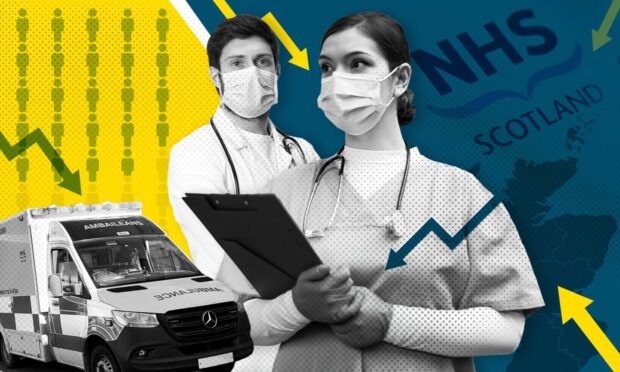

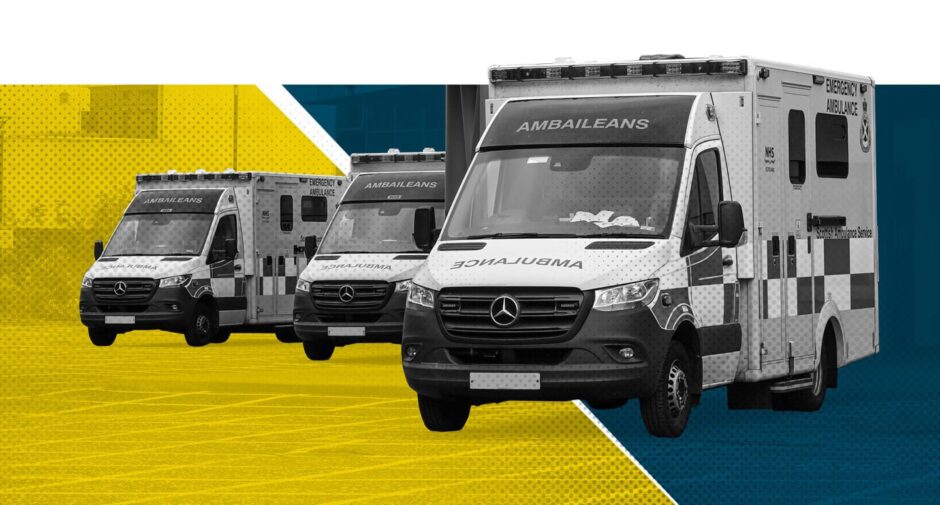
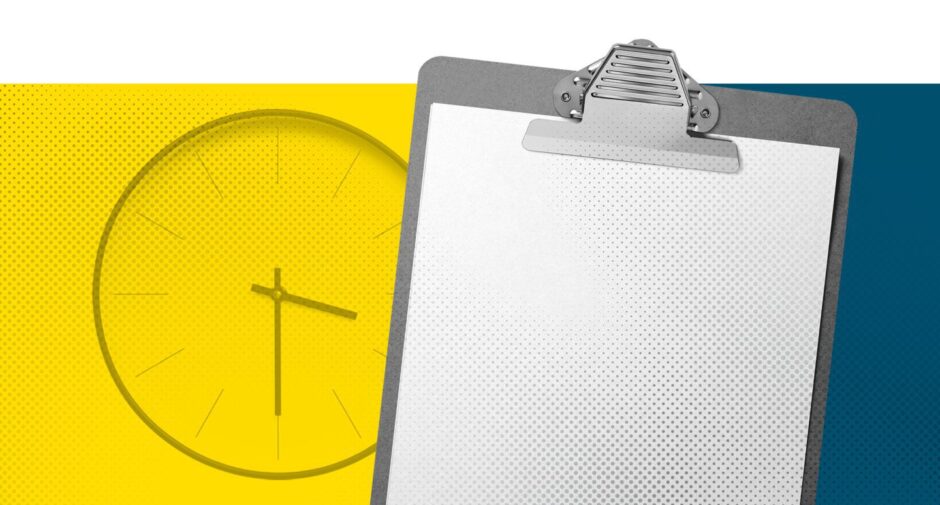

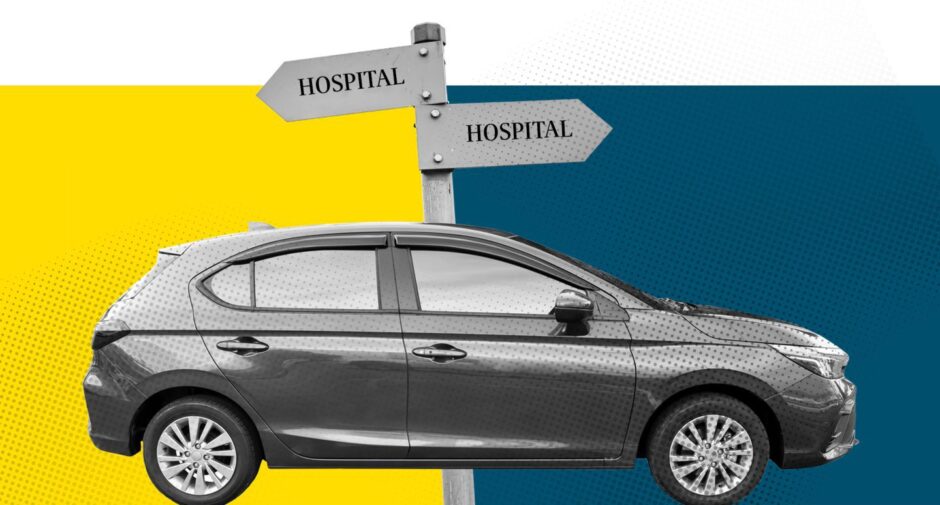
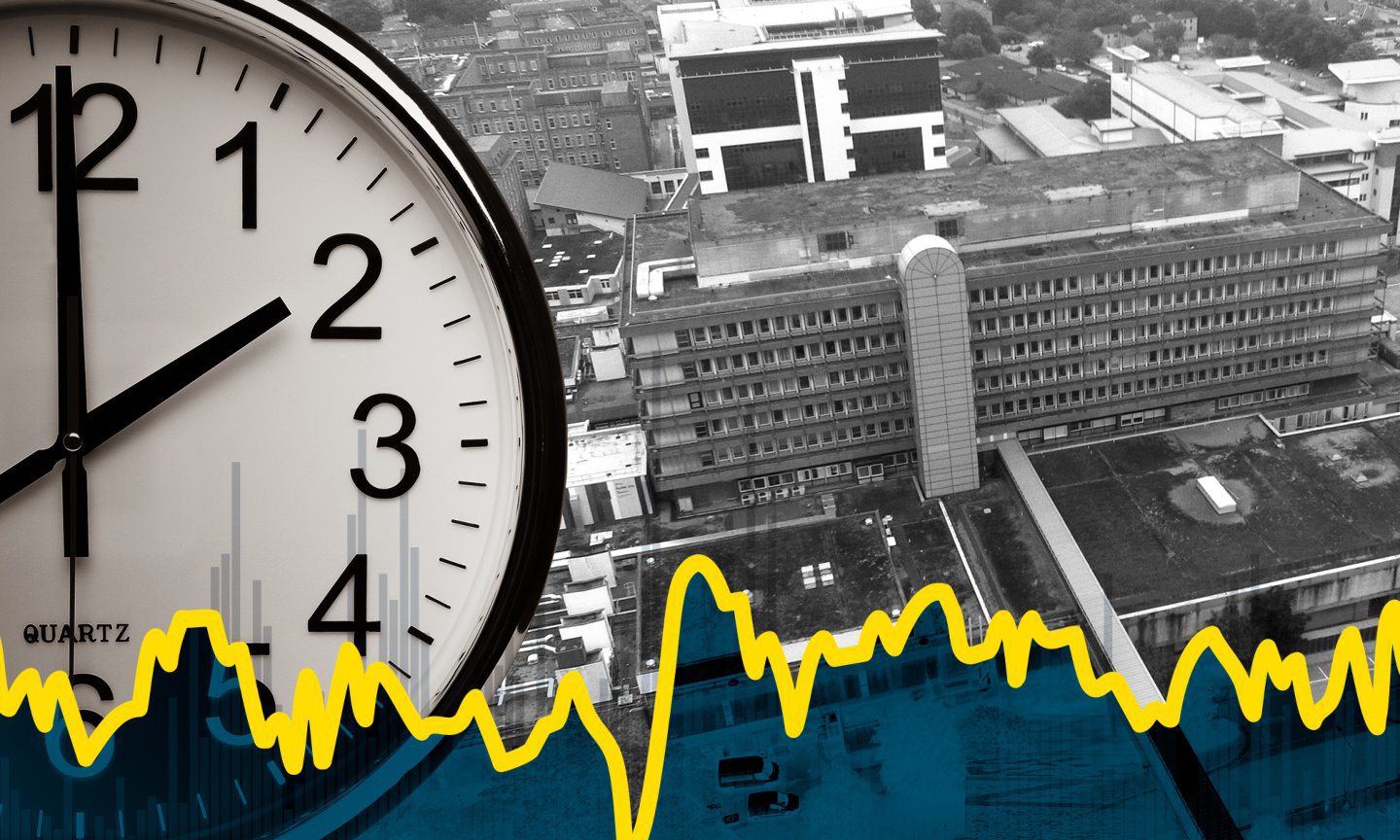
Conversation